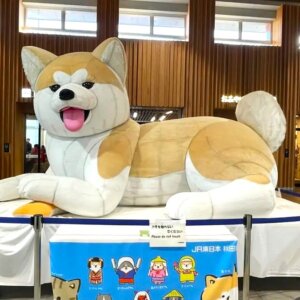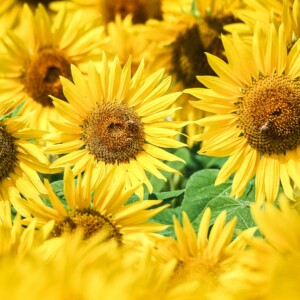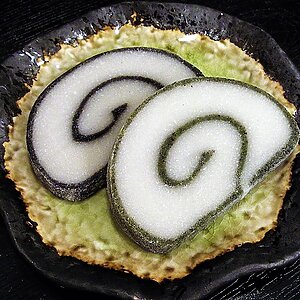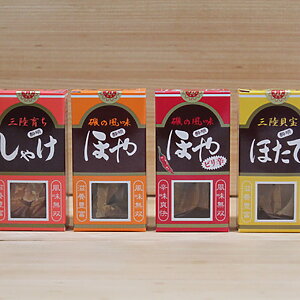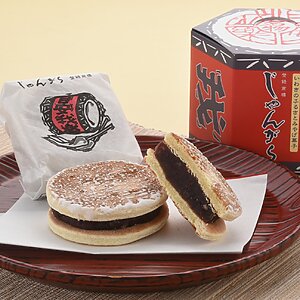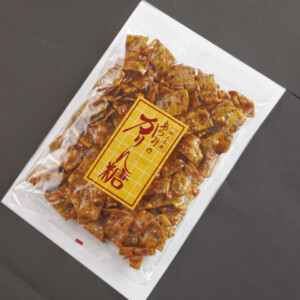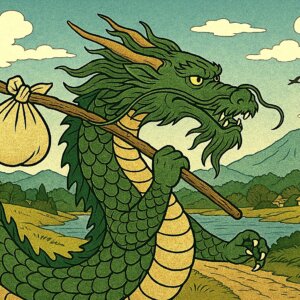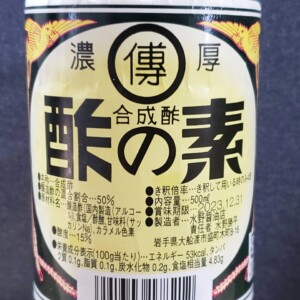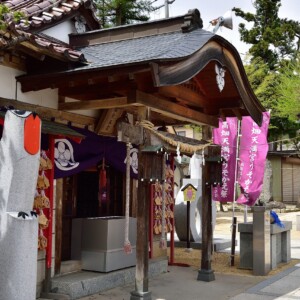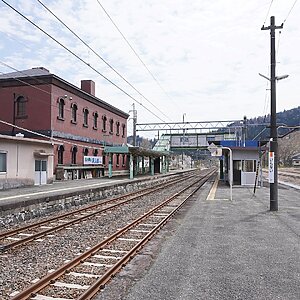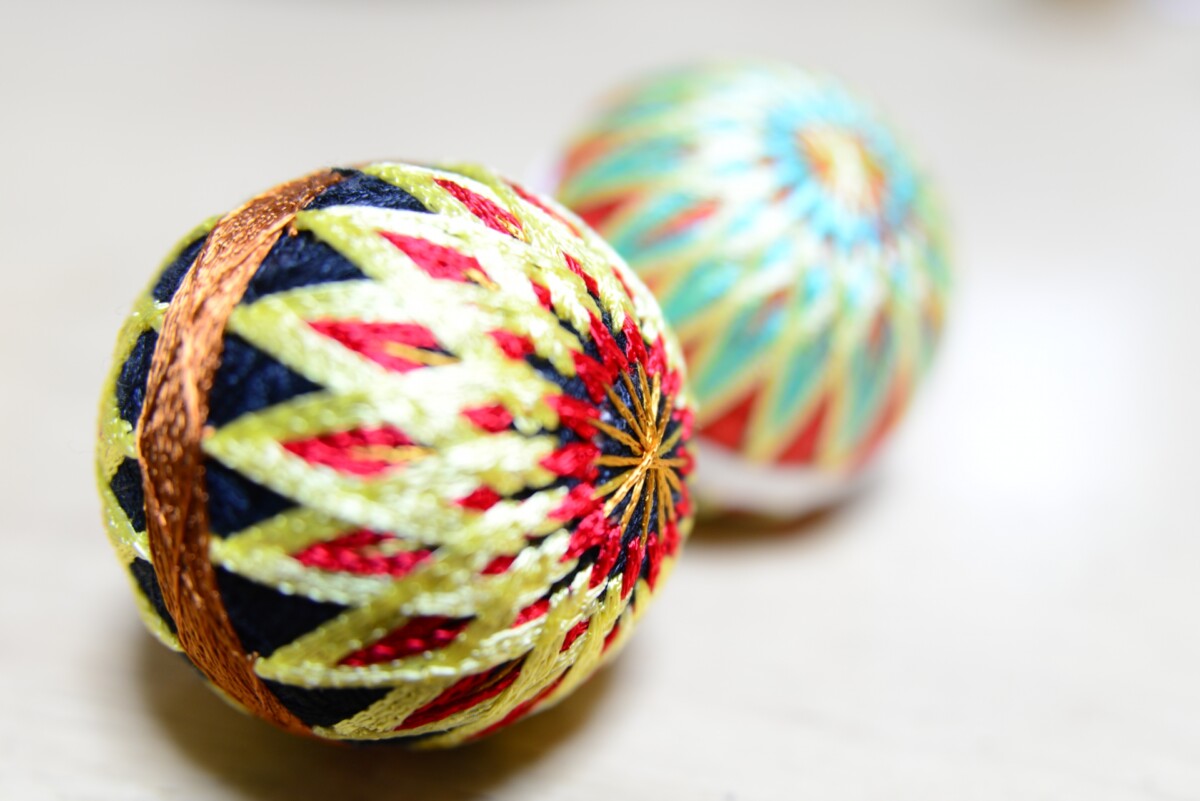
What is Honjo Gotenmari, a folk craft from Akita Prefecture with beautiful old-fashioned patterns?
table of contents
Municipalities across Japan have a wide variety of folk crafts that reflect the history, climate, and culture of each municipality. Nowadays, you can see crafts and processed items made from locally available materials online, but it's best to see them in person.
Akita Prefecture also has beautiful folk crafts unique to the region. The Akita Prefecture folk craft that we will be introducing this time is the colorful ``Mari'' called ``Goten Mari'' that has been passed down from the Yurihonjo area. "Mari" is a ball-like toy. ``Mari'' was loved not only by children but also by aristocrats and women who served in palaces.
This time, we will introduce ``Honjo Goten Mari'' in Yurihonjo City, which is one of the ``mari'' that has been passed down throughout Japan.
What is Honjo Gotenmari? History and how to make
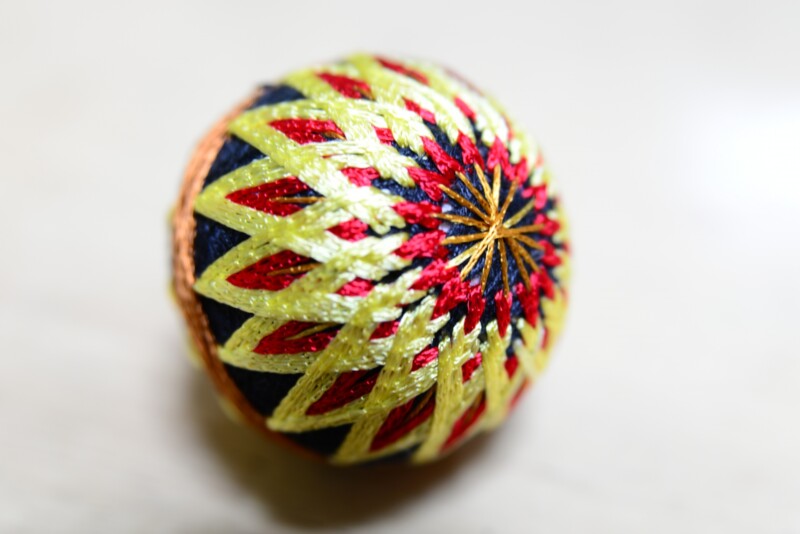
``Honjo Goten Mari'' is one of the folk crafts in the shape of ``Mari'' that exist all over Japan.
Mari is an old Japanese toy. We played by bouncing and rolling it like a ball. However, they are not only used as toys, but also as furniture and folk crafts.
It is said that the Gotenmari, which has been passed down throughout Japan, was introduced to the folk by the women who served the palaces. However, regarding Honjo Gotenmari, it is not known where or by whom it spread and how it spread. It is speculated that it was probably passed down from a woman who served the palace, but the exact truth is still unknown. It is said that such an accent was already created in the area that is now Yurihonjo City in the late Edo period and was familiar to the common people.
The ball in the image is Honjo Gotenmari. It is small enough to be rolled in the palm of your hand. Some are bigger, some are smaller.
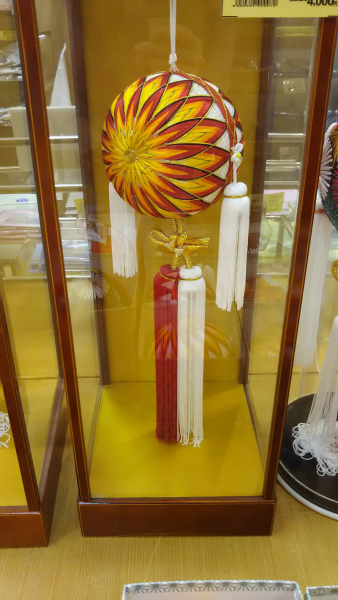
Honjo Gotenmari was made by rolling up cotton from wild vegetables such as Zenmai and wrapping thread used in weaving around it. Nowadays, cotton and cotton thread are easily available. Handicraft shops and folk craft stores in Akita Prefecture also sell tools for making gotenmari.
In the past, cotton such as springs were used, but now the common method is to carefully wrap thread around a round Styrofoam. Of course, there are also people who make it using the traditional method.
Fireworks and seasonal flower patterns are also available! Folk crafts that are pleasing to the eye
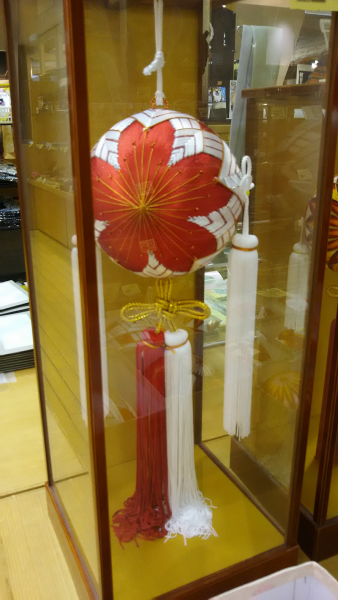
In Yurihonjo City, Gotenmari is treated like a symbol. Gotenmari are displayed everywhere at stations and public facilities.
Souvenir shops also sell gotenmari in a variety of colors and sizes. They are made in sizes ranging from larger than a human head to as large as the palm of your hand. When you add the decorative tassels together, there are some Gotenmari that are larger than a human being.
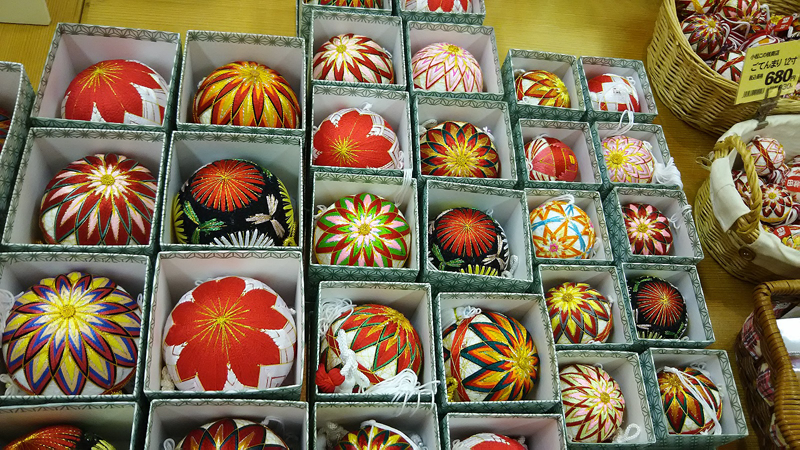
Patterns range from Japanese-inspired designs such as roses, fireworks, and chrysanthemums to modern geometric patterns.
New designs are created every day, so we don't know exactly how many patterns there are. Of course, those who have started making gotenmari can also come up with their own patterns that they think are nice. A newly invented pattern will eventually spread and give birth to even newer patterns, so isn't it truly a "tradition"?
The image is of a souvenir shop. There are quite a lot of varieties just lined up here.
lastly
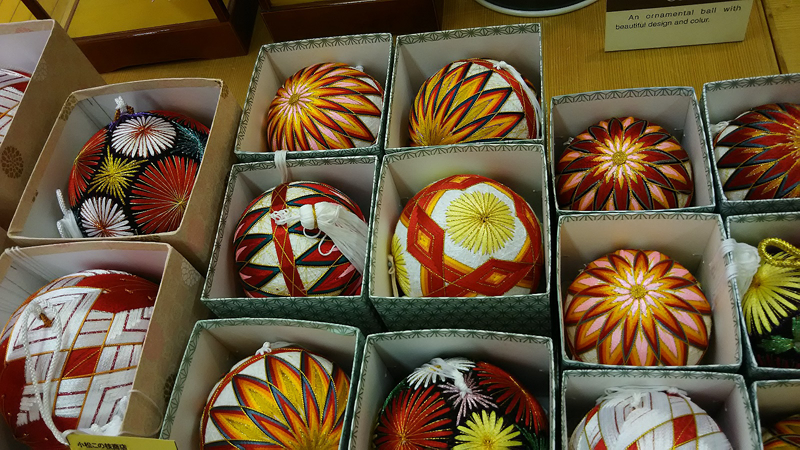
Honjo Gotenmari is not only a representative folk craft of Yurihonjo City, but also one of the representative folk crafts of Akita Prefecture. It is a folk art item that is often sold at souvenir shops in Akita Prefecture, so you may have many chances to see it when you travel. Small items are reasonably priced and make great souvenirs for women and children.
When traveling to Akita, be sure to look for your favorite pattern. There are a surprising variety of colors and patterns, and it's fun just looking at them!


